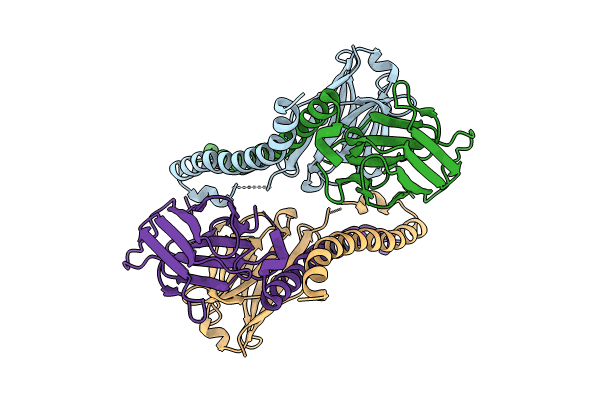
Deposition Date
2023-01-06
Release Date
2024-02-14
Last Version Date
2024-10-30
Method Details:
Experimental Method:
Resolution:
2.00 Å
R-Value Free:
0.29
R-Value Work:
0.24
R-Value Observed:
0.24
Space Group:
P 21 21 21


